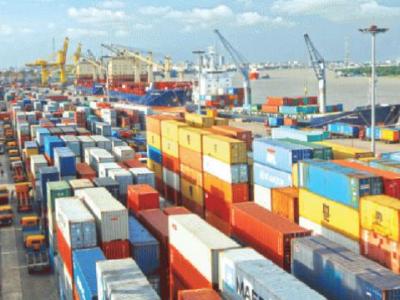Why Bangladesh lags behind in export, import
Bangladesh raised hopes by going up eight notches in the World Bank’s ease of doing business index, but then dampened the hope by its slow import and export progress. The country fared poorly in recent reports and statistics regarding economy and human resources. In some cases, we even fell behind Afghanistan.
ADB’s ‘Asian Economic Integration Report 2019-2020, demographic change, productivity and the rule of technology’ shows that Bangladesh takes the longest time to complete all the required procedures for imports and exports. According to the report, in 2018, the average time Bangladesh took for export procedures was 315 hours whereas it was 91 hours and 81 hours respectively for Sri Lanka and India. In import, Bangladesh took 360 hours whereas India and Sri Lanka respectively took 120 hours and 126 hours.
According to ADB, though the average time for exports and imports has decreased considerably in other South Asian countries, for Bangladesh it has not. Afghanistan took 276 and 420 hours respectively in export and import during 2018 and 2017. India took 145 hours in exports and 326 hours in imports in 2017 and these have been decreased much in 2018.
Maldives, Nepal, Pakistan and Sri Lanka took respectively 90, 99, 130, and 91 hours for export procedures in 2017. They maintained the same average in 2018. In drafting the estimates, ADB report took into consideration the number of documents required to complete exchanges in exports and imports.
Concerned people in the business sector have said Bangladesh has a lack of deep sea ports which is the chief cause of such lengthy procedures. Though there have been many discussions and recommendations over a deep sea port, there has been no headway. It would be unfortunate if we failed to take a decision due to regional geopolitics. A country should not depend on others for such a decision. Whatever is required for the welfare of the country should be undertaken. There are three sea ports in the country, but 90 per cent of the exports and imports are carried through Chittagong Port. Among the two other ports, Payra port is not running fully as yet. Export and import goods are released less via Mongla port due to geographic difficulties.
The brunt of lengthy import-export procedures falls finally upon the consumers as prices go up. Developed countries therefore stress simplifying the export and import processes, but we have failed to do so despite so much talk about digitalisation. Meanwhile, 25 per cent of Bangladesh’s imports come from India, much of which is done through the land ports. But the land port infrastructure is frail and there is a manpower crisis too. There are not enough depots either at the land ports.
Bangladesh will fall behind in trade and commerce if it cannot simplify its exports and imports as well as making them faster. The policymakers should pay attention to the issue.

